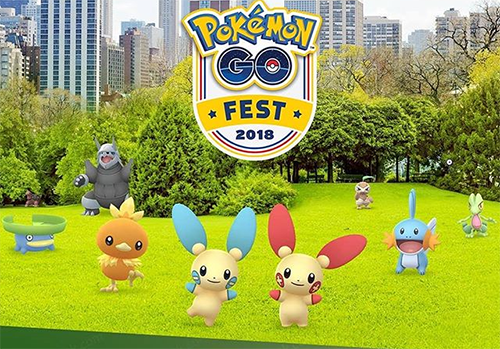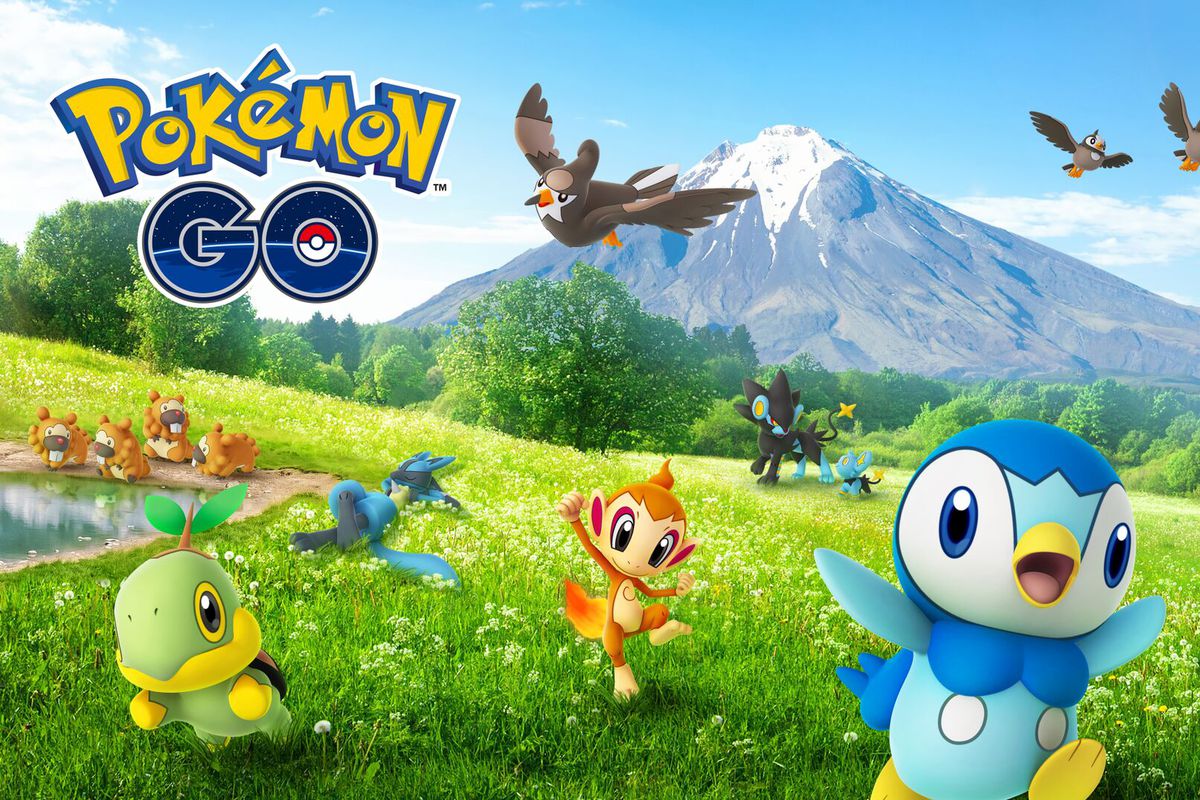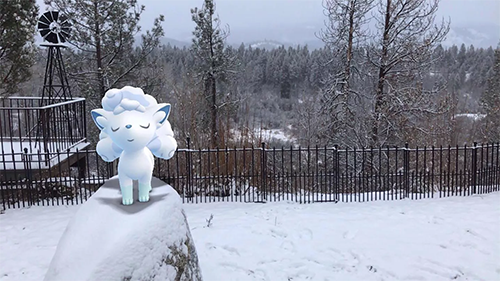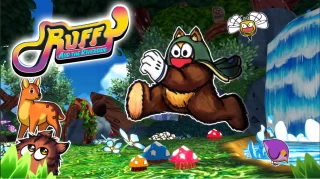As a Pokémon GO fan, I can confidently say that the game is in a very weird place right now. And I don’t say that negatively, but rather looking at it objectively. After all, what Niantic had originally envisioned Pokémon GO to be, back during its initial release in 2016, is largely what it is now. With so much of this planned content finally available and integrated into the app, what’s next for the game?
Polygon’s examination of the past, present, and future of Pokémon GO is both in depth and robust, and here we’re going to try and cover it as best we can.
It comes as no surprise to anyone that Pokémon GO will never quite hit that same peak that it did back in July of 2016, at least in terms of media coverage and widespread popularity. Gone are the days when casual players who didn’t know what Pokémon were picked it up in response to the hype (I once heard, back in that first summer, someone refer to Goldeen as “the fish that’s not Magikarp”), and where you once might have seen warning signs about driving and catching Pokémon, are now just standard speeding warnings once again.
However, what may be more of a shock to people is that according to the numbers, 2018 was officially the best year Pokémon GO has had since release.

By introducing gameplay mechanics like PvP battling and trading, Niantic finally opened up the social options in-game, delivering content that we knew would be coming eventually, as well as allowing players who were still on the GO boat to connect further with their friends who were also playing regularly. 2018’s Community Day events got old players back on their feet for a couple hours, even just once a month, to participate in increased spawn rates and possible Shiny Pokémon chances.
Niantic even rectified 2017’s notorious Pokémon GO Fest, by putting on a near perfect event last year.
So, both Niantic and the app itself are in a really good place going into 2019. It may be difficult living up to 2018’s highs, but as far as player engagement and interest go, it’s looking promising for the developers.
When asked about Pokémon GO’s past, Niantic product manager Matt Slemon said:
”Last year [we] had a pretty clear vision, where we in some ways wanted to close out what we thought was the original set of expectations around what Pokémon Go would be for players,” Slemon tells Polygon. “We really tried to keep a balance of completing out the Pokémon fantasy, so to speak, while still trying to keep Pokémon Go a special product.”
The interesting point to take away from this is that Slemon makes it clear that Niantic doesn’t want Pokémon to just feel like another Pokémon game — instead, Niantic’s hope is that Pokémon GO feels like its own, unique experience. Something that couldn’t be done without Niantic.

Last year did that balancing job perfectly, by filling out those final promises with things like trading while laying groundwork for what’s to come. Community Day was an exciting new addition that was maybe one of the most successful, and I can remember seeing way more people out and catching Pokémon during that first event than I ever would have expected.
As Slemon puts it, it’s “emotionally validating” to be playing a game in a social environment, knowing you’re connect to others around you even if you’re not talking to them. I know that’s how I feel every time I make a stop at a Gym for a Raid Battle and notice the group of ten or 20 that are also participating.
Meanwhile, 2019 is already off to a good start with Niantic having already added a new gameplay feature: GO Snapshot. Taking advantage of Pokémon GO’s AR+ technology, the new feature allows player to take photos of their currently caught Pokémon in real environments, helping to “alleviate some of the randomness and the lack of control players feel sometimes.” Hopefully, the pace at which how quickly this update came is a good sign for things to come!

There are also talks of improving and changing Special Research missions, and Slemon says he’s hoping for missions to feel more memorable in the near future.
“We’re trying to figure out what the right amount of it is. Some of the special research we put out definitely sort of put some of our more casual players a bit underwater, in terms of we just sort of drowned them with research tasks,” Slemon says. “Our intent is to make it so the storylines aren’t just checklists; so you’re not blowing through four or five of these at the same time, and not even remembering which task goes to what quest or why.”
Alongside these points, Slemon hints in his interview that Niantic isn’t looking to incorporate any more of the Pokémon series’ experience aside from what they’ve already added. While we can expect to see Pokémon from Generations V – VII and, most likely VIII, but otherwise it can be expected that we’ll be seeing “features that are less traditional Pokémon features [that are] just sort of one-to-one moved over with the Pokémon Go spin.”
“In a lot of ways, we think we’ve hit the point where our original launch trailer promise has been delivered. It’s not entirely delivered — we’re expecting to have iterations, as we mentioned, with the PvP launch to the battle system feature, to allow people to have ways to compete more effectively, or find opponents easier. We expect small iterations to our existing features over time, as well.”
Slemon assures that Niantic is not done with Pokémon GO, even while they move onto other projects (such as the upcoming location-based Harry Potter: Wizards Unite). In fact, they’ve even got a five-year plan — though it’s not set in stone.
“We try to stay as agile as we can,” Slemon remarks. “We generally have longer-term plans, but the further out something is, the more it is subject to change. The goal is that we want to stay responsive: We don’t want to get locked in a situation where we’re committed to delivering something that’s no longer the right thing to deliver. Or an opportunity has appeared, either a cool piece of tech or a good suggestions internally has surfaced, and we want to be able to do it, but the timeline is inflexible.”
“We do look out to around five years, and we sort of have a long-term vision for what we’d like the game to look like in five years, but we are very open still to finding better ideas along the way and pivoting the roadmap as necessary.”
From what we know about Pokémon GO, both from our observations of last year and what’s to come in the near future, we can guess that the mobile app is absolutely on the right track to growing even further in 2019.
What are you hoping to see come out of Pokémon GO in the next year?
Leave a Comment


